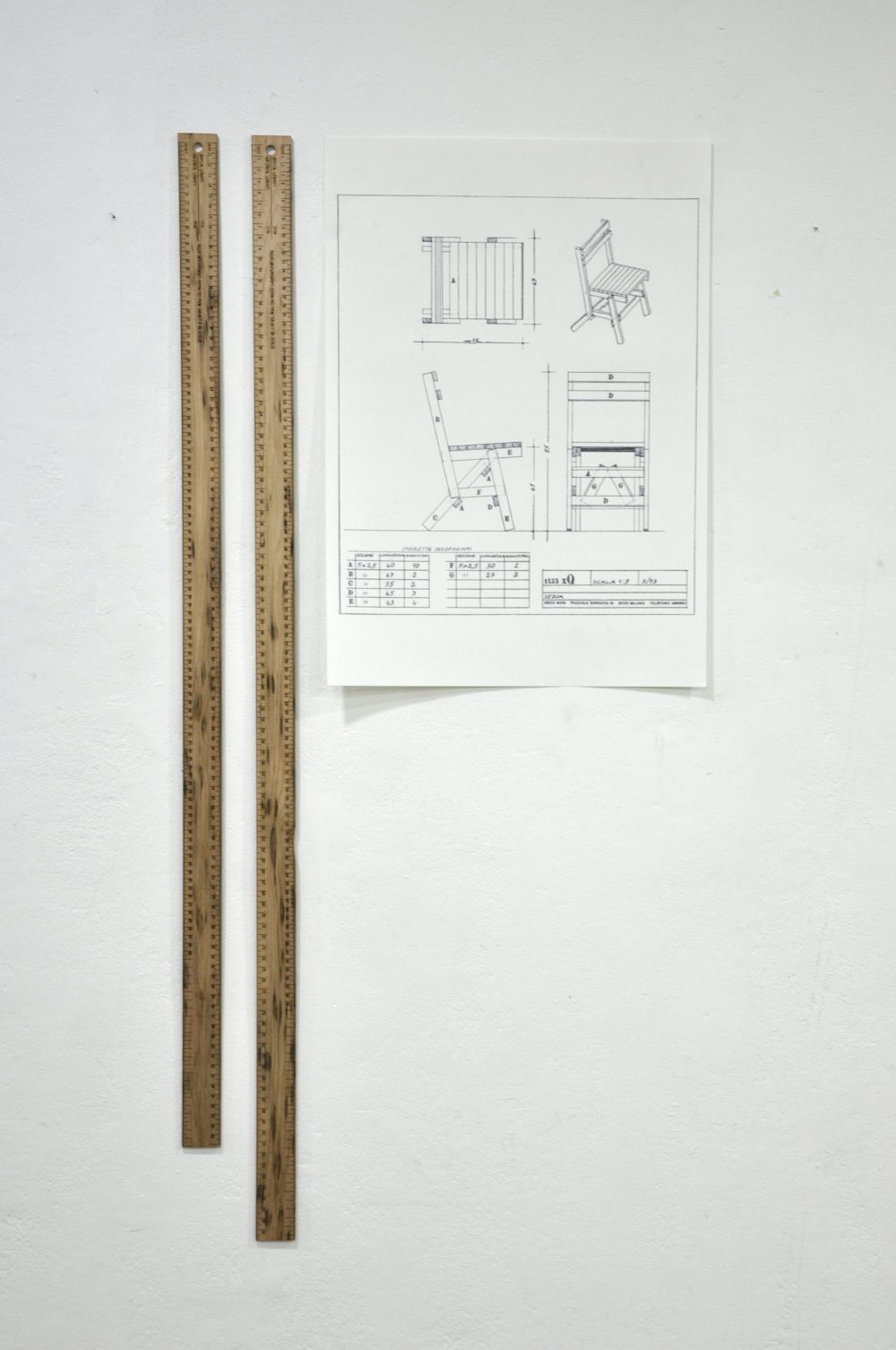Scale, in essence, refers to the size of one object, space or idea relative to that of another. This can be given a data based value through the adoption of a formal unit system given to us by the readily adopted systems of measurements (empirical/metric) or it can be understood through notions of relativity and subjectivity. Both models of understanding reveal our unrelenting ambition to understand the world around us in relation to ourselves - the human body.
Many examples exist of our attempts to conceive and implement control through scale/measurement. Ancient regimes developed systems such as the Roman Cubitus, a predecessor to the more well known Foot and Inch measurement system promoted by the British Empire. In this system, units were provided or extracted from the body - the Pes/Foot and the Uncia/Inch (thumb).
Through a commitment to this kind of spatial standardisation that is at once unapologetic and lazy, we frequently interact with objects and environments that cater to almost everyone and, I would argue, almost no one at the same time. We have been deprived of distinct moments when the physicality of our own bodies are reflected back to us from interactions with spatial apparatuses. We now only feel our own body through others. We’re left with only incidental instances where we experience our own bodies within the world around us.
This project intends to uncover the role of standardisation and inclusive design in dehumanising our experiences with objects by presenting two pieces of furniture that have been scaled and measured from two different bodies. By undermining the standardisation of ergonomics and measurement, this project bears witness to an indirect dialogue between two bodies with scale being employed as the figurative translator.


